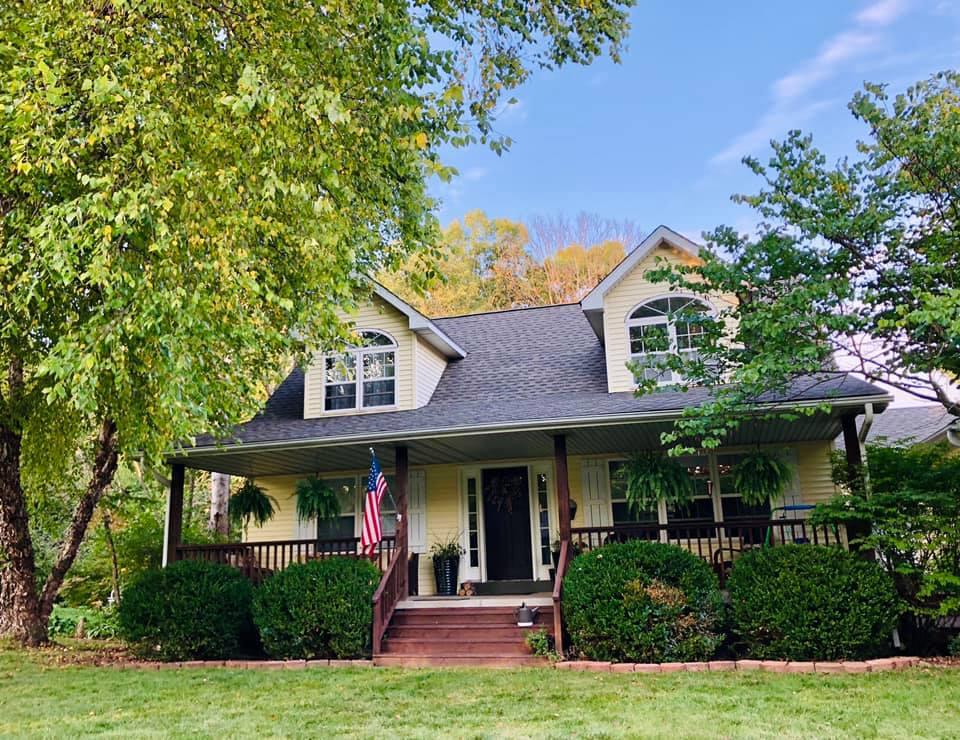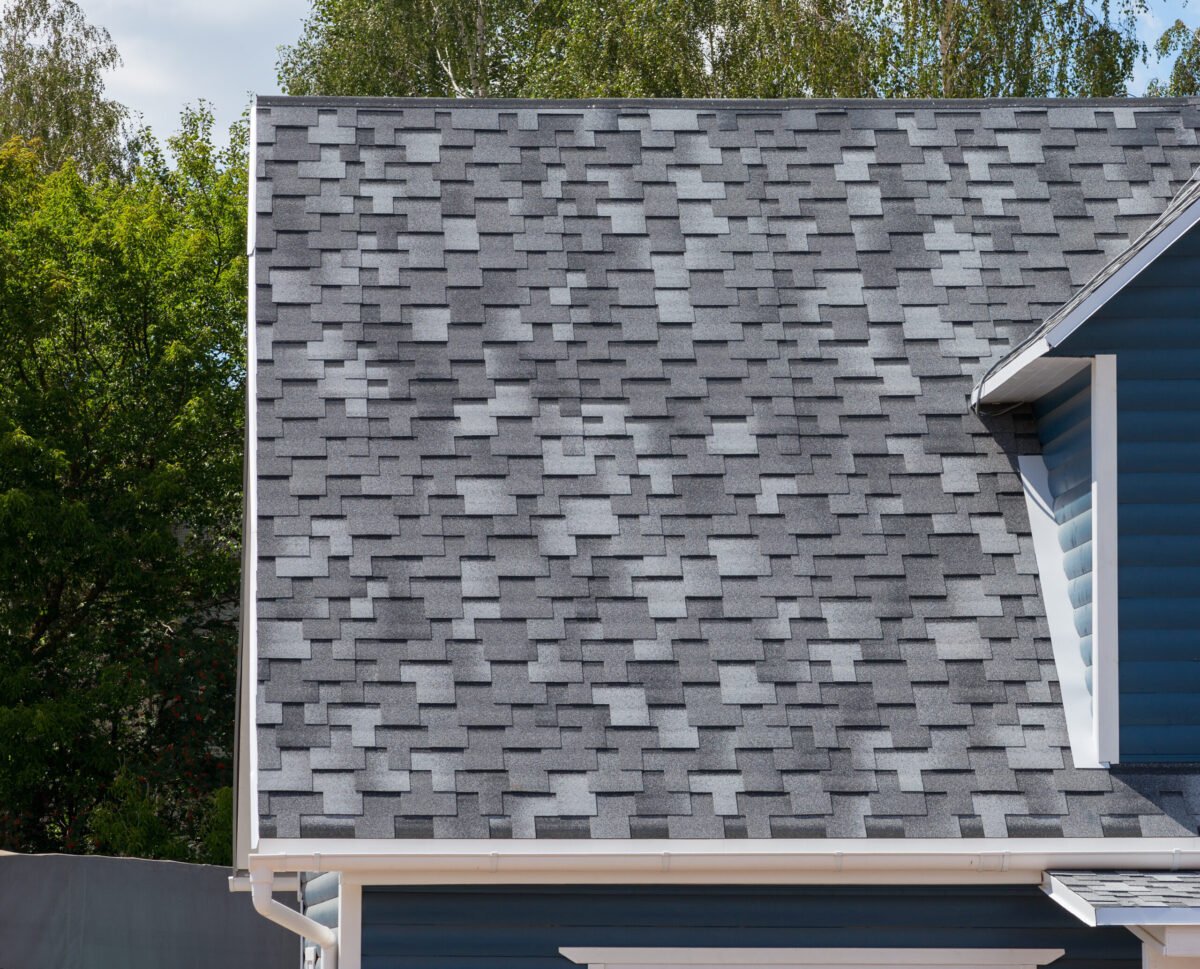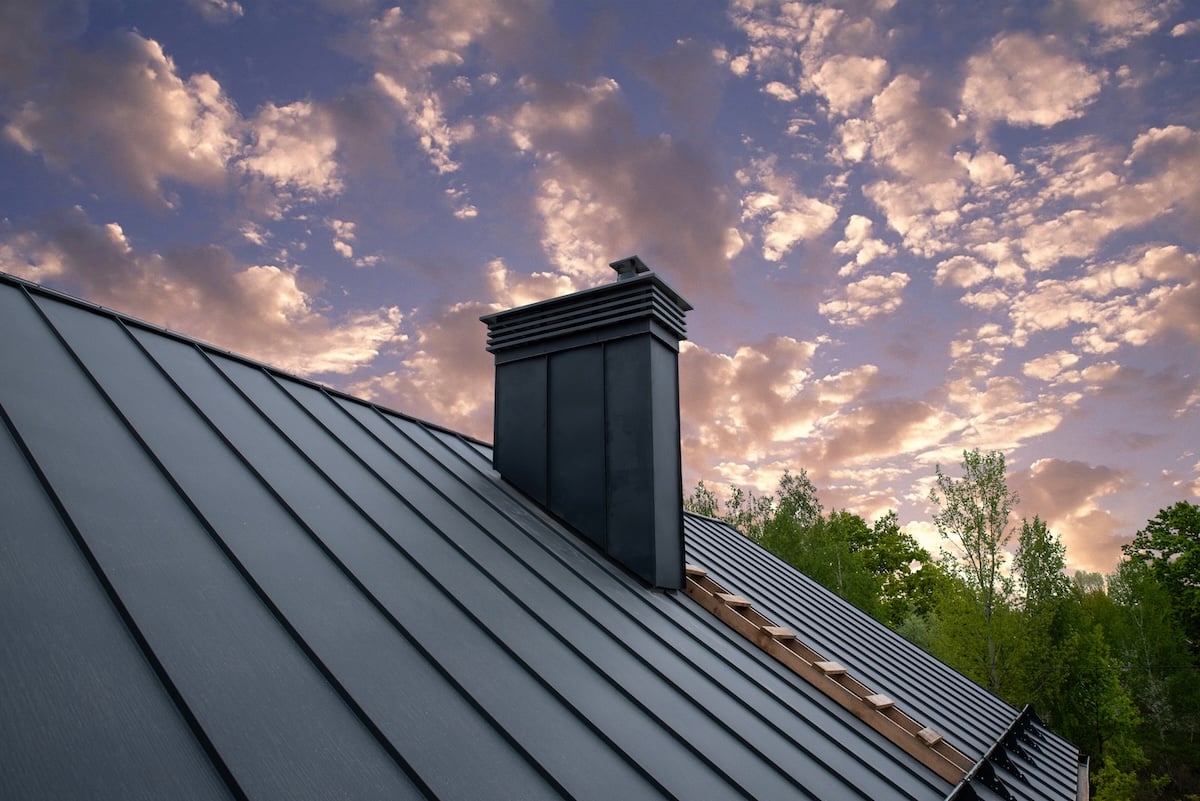
Residential Roofing In Peoria, IL
5-Star Roofing Company in Peoria
ROOF TIGER is proud to serve Peoria, IL, with exceptional residential and commercial roofing services. Whether you’re looking for a repair, replacement, or brand-new installation, our team is dedicated to providing top-quality craftsmanship and outstanding customer service. We specialize in handling all your roofing needs, ensuring durability, style, and peace of mind for homeowners and businesses alike. Trust ROOF TIGER to protect what matters most—your home or commercial property.
-
GAF-Certified Experts
-
Free Estimates Available
-
Flexible Financing Options

Get started With Roof Tiger Today
Trusted Roof Specialists
Peoria, IL’s Premier Roofing Company
At ROOF TIGER, we pride ourselves on offering a wide range of roofing services tailored to various building types and materials. Whether it’s shingle, metal, tile, or flat roofing, we’ve got you covered with expertise and professionalism. As a local roofing contractor, we understand the unique needs of the community and strive to deliver reliable services that stand the test of time. With over 5 years of experience and numerous completed projects, our team is dedicated to providing excellent customer service and exceeding expectations with every job we undertake. Trust ROOF TIGER for all your roofing needs.

Can't recommend these guys enough.
Simply great Roofing Services
Our Process
The ROOF TIGER Way
Ferocious Solutions for Every Roof
ROOF TIGER’s Roofing Services in Peoria, IL
ROOF TIGER delivers vigorous roofing services across a 90-mile radius from Peoria, IL, encompassing roof repair, replacement, and storm damage repair. Our offerings extend to residential homes, commercial buildings, multi-family housing, and homeowners associations, ensuring comprehensive coverage and expert service in these sectors. Each project leverages our robust expertise to provide reliable and effective roofing solutions tailored to the diverse needs of our clients.

They are extremely professional and responsive, made some great suggestions along the way, and handled every little issue that came up without complaint.
Service Area
Get A Free Inspection and Quote For A Roof Project in Peoria, IL
At ROOF TIGER, we understand the importance of feeling secure about your home. That’s why we offer free roof inspections to our valued customers. Our experienced team will thoroughly assess your roof, providing you with peace of mind and ensuring that your home remains a safe haven for you and your loved ones. With over 5 years of industry experience and more than 2000 completed projects, we are committed to delivering outstanding service and upholding the highest standards of quality. Contact us today to schedule your free roof inspection and experience the ROOF TIGER difference for yourself.
Questions? Answered.
What roofing services does Roof Tiger offer?
Roof Tiger provides a range of roofing services, including roof inspections, repairs, installations, and replacements. We specialize in both residential and commercial roofing projects to ensure your property is well-protected.
How often should I have my roof inspected?
It’s a good idea to have your roof inspected at least once a year, preferably in the spring or fall, and after severe weather events. Regular inspections help catch small issues before they turn into costly repairs.
What types of roofing materials do you work with?
We specialize in a variety of roofing materials, including asphalt shingles, metal roofing, tile roofs, and more. No matter the material, we offer expert repair and replacement services to keep your roof in top condition.
Are your roofing services covered by a warranty?
Absolutely. We stand by the quality of our work and offer warranties on both materials and workmanship. Specific warranty terms will vary depending on the roofing system installed, but rest assured, we strive for durability and reliability in every project.








